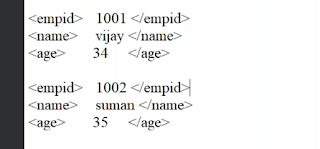Designing Layout in Adobe Forms Part 1:-
- In the Previous part, we had created a separate interface for our Adobe Form.
- Now, Inn this part we will design the layout part for our Adobe Form.
Steps :-
-
Step 1 :- Go to SFP transaction code.
-
Step 2 :- Give a name to the form.
-
Step 3 :- Click on create button and pass the name of the interface that we created in the previous part.
-
Step 4 :- Click on save button.
Types of Layout in Adobe Forms :-
1. Standard Layout :-
- Whenever we want to print our PDF form.
- Whenever we want to email our PDF form, and
- Whenever we don’t want to integrate our form in Web Dynpro at runtime then we should use Standard Layout,
2. ZCI Layout :-
- ZCI stands for Zero Client Installation ( ZCI ) technology.
- We should use this layout when we want to integrate our form at runtime in web Dynpro applications.
3. xACF Layout :-
- It stands for Active component framework technology.
- It is also used to integrate the form at runtime in web Dynpro applications.
Note :-
- For integrating form into web Dynpro applications, ActiveX must be enabled in the browser.
4. Unknown Layout Type :-
- Suppose, we are creating a form or we are editing a form with an older version of SAP Netweaver.
- In that scenario, we will use Unknown layout type.
-
Step 5 :- In the Context tab, we can see all our imported data from our Interface, which we created in the previous part.
Note :-
-
Also, we can see we have some system variables, that we will get automatically.
-
-
Step 6 :- Here, whatever we require from interface to our Adobe form, we can simply drag and drop it from the interface.
-
Since, we require the import parameters and global data that, we created in the previous part, so I will simply drag and drop it.
-
-
Step 7 :- Click on layout tab.
- We will design our layout here.
.png)
.png)
.png)
.png)
.png)
.png)
.png)
.png)
.png)

Comments
Post a Comment